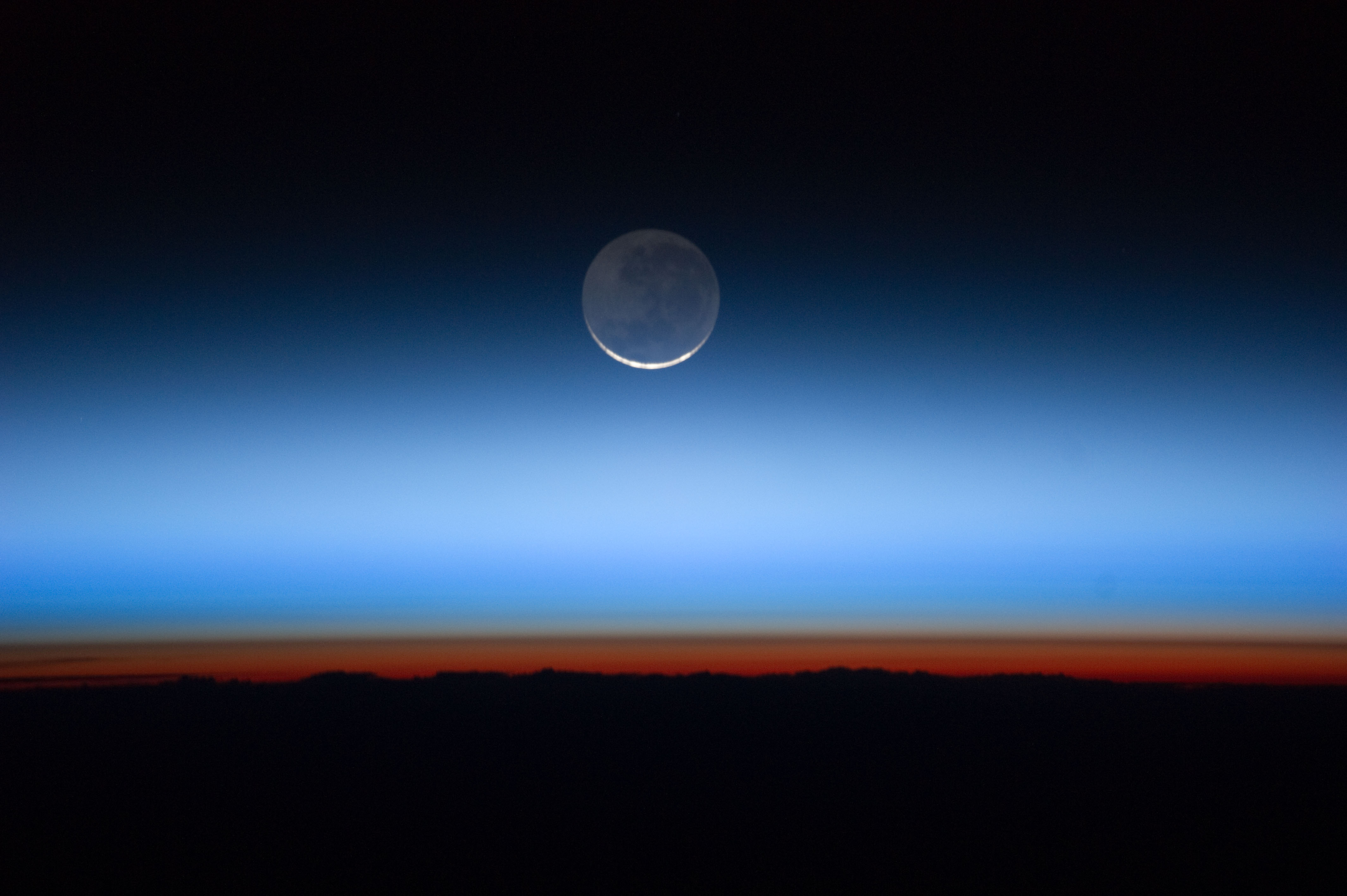
(KCPW News) In the run-up to Utah’s legislative session, many bills are in the works or already drafted. One such bill is House Bill 229, otherwise known as the Air Contaminant Definition Change bill. The chief sponsor, Representative Jerry Anderson of Price, has a simple yet colossal objective in mind: defining the makeup of the air we breathe.
Currently, Utah’s Air Conservation Act defines an “air contaminant” as, “any particulate matter or any gas, vapor, suspended solid, or any combination of them, excluding steam and water vapors.” Based on that definition, couldn’t just about anything in the air be an “air contaminant”?
“The oxygen, nitrogen, argon, and certain levels of carbon dioxide are just a natural part of the atmosphere, and we need to define it as that instead of everything being a contaminant,” Anderson said.
Anderson’s bill would change the definition of an “air contaminant” to exclude what he calls “natural components of the atmosphere,” such as “nitrogen, oxygen, argon, other noble gasses, water vapor, steam, and carbon dioxide.”
Indeed, those gasses all occur naturally in the atmosphere, but couldn’t a gas such as carbon dioxide also be a contaminant? Much CO2 is created from man-made emissions such as cars or factories, and most scientists say CO2 is contributing to climate change.
Representative Anderson explained:
“We could actually double the amount of carbon dioxide, and it would be a benefit to the plants, especially down here in southeastern Utah where it’s kinda dry. The plants don’t get enough carbon dioxide. They’re kind of carbon dioxide-starved.”
“And back in dinosaur days,” Anderson continued, “we had about 600 parts per million carbon dioxide, and they seemed to do pretty well.” (Note: NOAA places current global CO2 levels at just under 400 PPM.)
So clearly, capping CO2 is not Anderson’s concern here, but he’s worried the bill might spark the ire of those who do want to see stricter carbon regulation.
Meanwhile, Matt Pacenza of HEAL Utah, a group dedicated to air quality issues, saw the bill as a political stunt.
“We read this, plain and simple, as a bid from someone who, you know, probably thinks that climate change is a myth and is opposed to any efforts to be energy-efficient and move away from dirty coal and embrace mass transit and do all the things that so many folks think are a good idea,” Pacenza said.
But to be fair to Anderson, he would still vote to reauthorize the Air Conservation Act even without his amendment, and he said he’s still looking for ways to improve the inversion problem.
“When I was young, we had a lot of that (pollution) in here from Kennecott, and then they put up that big, tall stack, and those things went up higher in the air,” said Anderson. “Geneva Steel down in Provo, you could see those particulate things in the air. We’ve cleaned up the air a whole lot, and we’re continuing to try and make it more of an improvement. We’re kind of handicapped with the inversion. That makes it pretty tough.”
Representative Anderson said he expects smooth sailing for his bill in the House.
How do you feel about this topic?
Is there anything else you think we should know? We'd like to hear your thoughts. Send us your feedback using the form below.





1 Comments
Does Rep. Anderson realize that one of the noble gases included in his bill is the naturally occurring, but very dangerous, cancer-causing Radon?